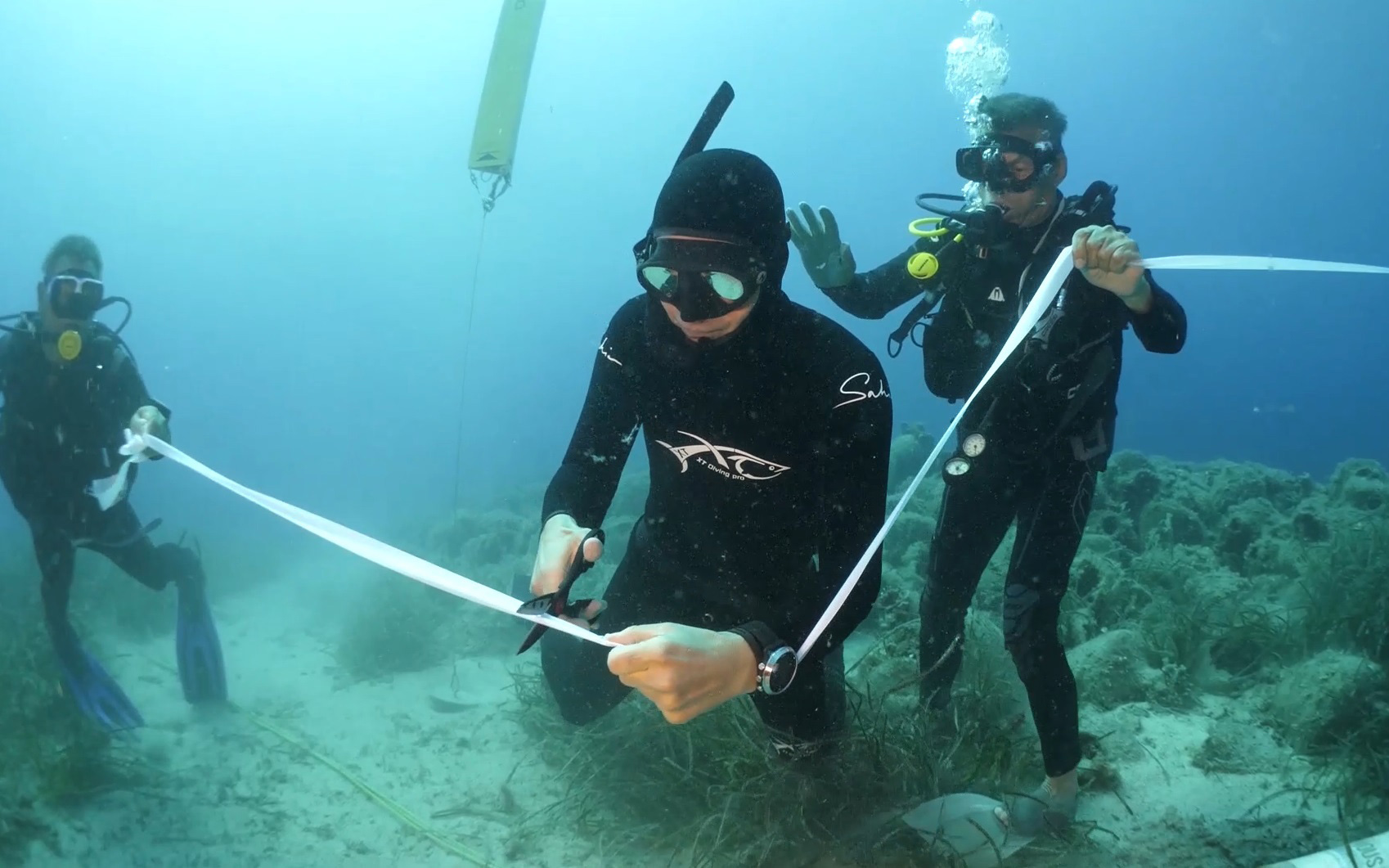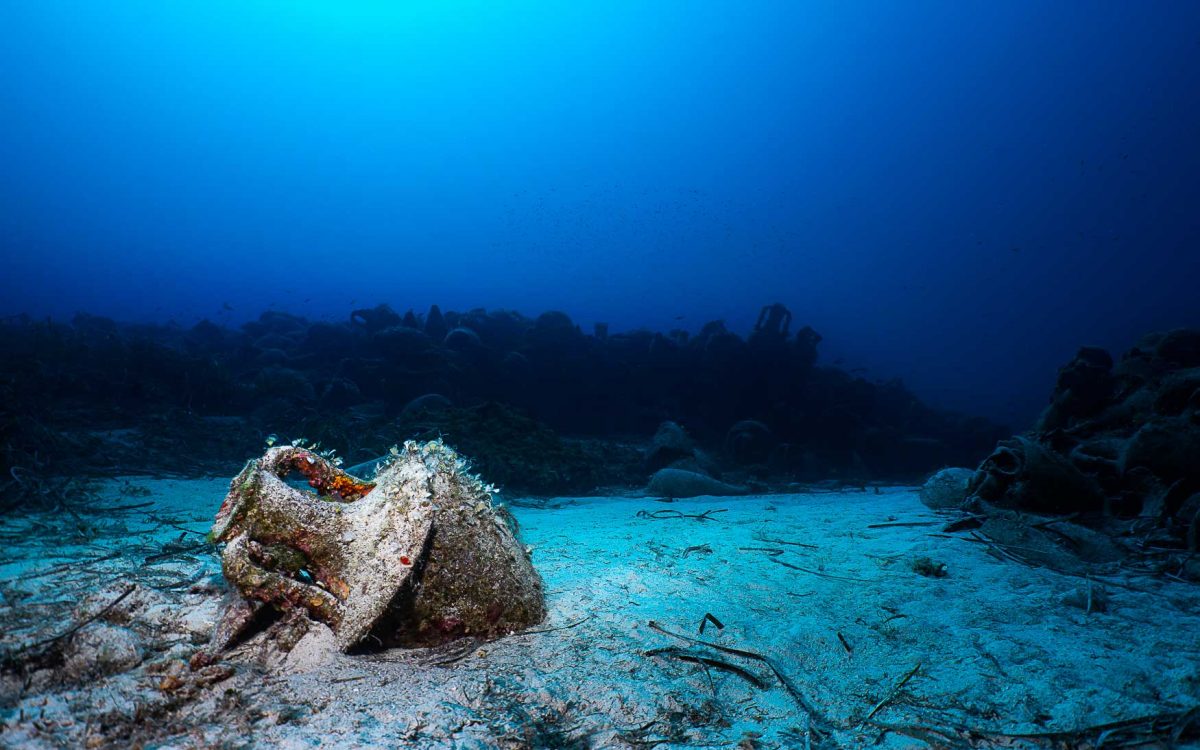The ancient shipwreck off the islet of Peristera, near the island of Alonnisos in the Northern Sporades, opened to the diving community on June 1. It is the first underwater archaeological site in Greece that accepts visitors. It was first opened last year, and its trial reopening this year, if everything goes to plan, will provide a template for opening similar underwater archaeological sites across Greece.
As expected, the opening up of ancient shipwrecks, and by extension this kind of tourism, has sparked interest in research projects and collaborations that examine these treasures of the deep. However, it seems that visitors won’t manage to reach the shipwrecks due to a lack of personnel on the surface.
This seems to be the issue that is leading a proposal for a research project, with a budget of 800,000 euros, toward rejection by the General Secretariat for Research and Innovation. It is the “i-mare ArchaeoGame” project, which seeks to develop a three-dimensional video game simulation of the underwater exploration of four underwater sites in Greek seas: Pavlopetri off the coast of Laconia, the “Sunken City” of Ancient Epidavros, the Peristera shipwreck, and the 1983 shipwreck of the flatiron collier the Christophoros near Skopelos.

© InTime News
The groundwork for the project’s submission to the “Research-Create-Innovate” program (National Strategic Reference Framework, or ESPA, for 2014-20) began in 2019, and after various stages of development, i-mare was almost at the finishing line for approval. The partners involved with the project are the Center for Research and Technology Hellas (CERTH) in Thessaloniki, the Topography Department at the University of Thessaloniki, the Underwater Antiquities Ephorate, and two private companies, the Skopelos Dive Center and software company Arx.Net.
However, just as the rest of the partners had to submit some run-of-the-mill paperwork for the project’s final approval, the ephorate decided to withdraw from the project.
At this stage of the project, though, there can be no substitute for the partners, which places the project in peril. When we questioned the Underwater Antiquities Ephorate, its director Katerina Dellaporta (also director of the Byzantine and Christian Museum) responded that the ephorate is participating in seven other projects (some quite similar) and that its permanent staff cannot cover the requirements of all these projects and the daily business of the ephorate.
Why do we care about all of this? On the one hand, because we often complain about funds that are not utilized and we do not understand how or why. On the other, do we ever wonder if the services called upon to utilize them have the capacity to do so?
This article was previously published at ekathimerini.com.












